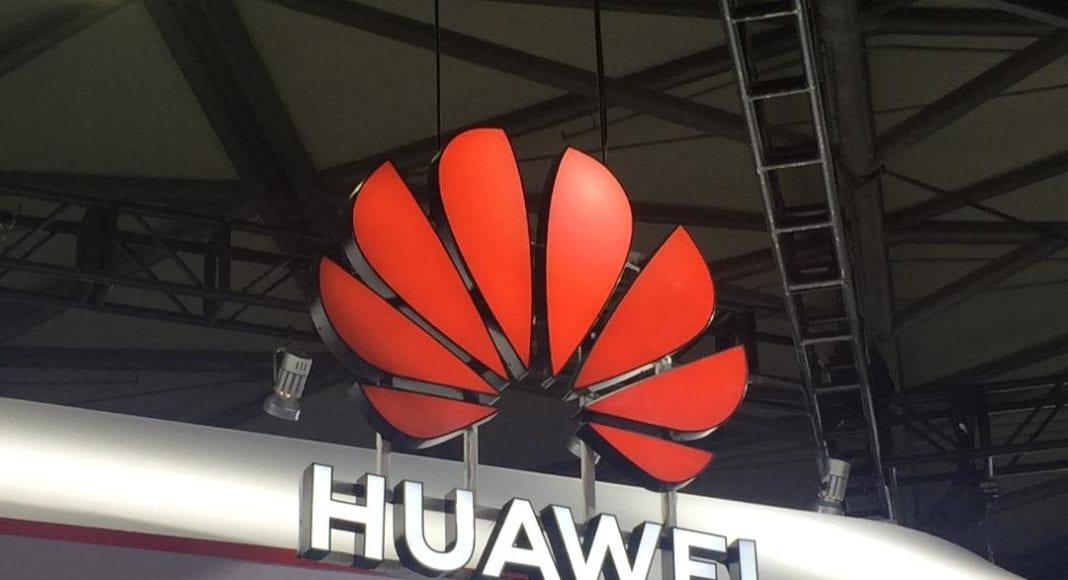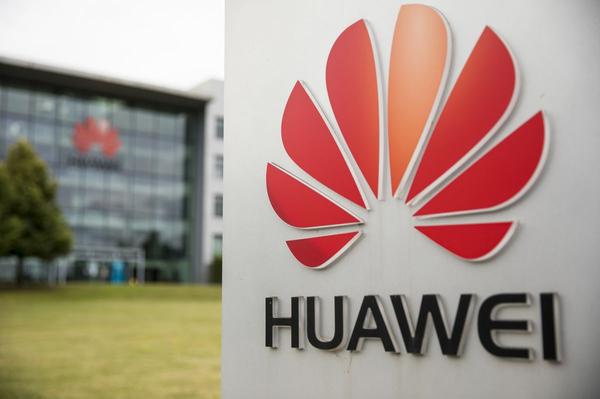
Huawei wants to tap green opportunities with carved out power business
Huawei Technologies is keen to tap growing demand for clean energy and IT sustainability, as organisations and nations across the globe set carbon neutrality goals. The Chinese technology giant has carved out a new subsidiary with dedicated resources to develop low-carbon systems, which can be deployed in various market segments such as data centres and electric vehicles.
Set up in June 2021, Huawei Digital Power Technologies is tasked with driving clean energy and the digitalisation of traditional energy, It will work to build products that integrate digital and power electronics technologies, said Sun Bohan, Asia-Pacific president of Huawei Digital Power, in a video interview with ZDNet.
He noted that carbon neutrality had become a shared target for more than 140 markets, of which 12 had issued new laws to achieve their goals, while four had proposed similar legislations and another 37 had issued related policies.
Singapore puts budget focus on transformation, innovation
After tilting last year's budget towards 'emergency support' in light of the global pandemic, Singapore's government will spend SG$24 billion ($18.1 billion) over the next three years to help local businesses innovate and build capabilities needed to take them through the next phase of transformation.
Read More
These global targets as well as market demand had guided Huawei Digital Power to work on products that facilitated low-carbon environments across different scenarios, including green data centres, cities, campuses, buildings, and factories,Sun said. He noted that 60% of the subsidiary's total headcount, currently around 6,000 employees worldwide, were in research and development (R&D).
Setting up a separate business unit enabled the vendor to establish specific R&D work and integrate product features that catered to specific deployment requirements across various markets, so they could better meet their carbon neutrality targets, he said.
Asked about the subsidiary's revenue and customer base since its inception in June, the Huawei executive declined to provide details, but said he hoped to provide some indicative figures next year.
Speaking at COP26 last month, Huawei Digital Power's vice president and CMO Fang Liangzhou said technology advancements were integral to combating climate change and decarbonisation.
He noted that electricity and transportation were amongst the main sources of global carbon emissions, accounting for 40% and 21%, respectively, of total emissions. Citing figures from International Energy Agency, Fang added that the ICT industry consumed 4% of global electricity.
This underscored the importance of low-carbon power generation and electric energy consumption in achieving carbon neutrality, he said, adding that Huawei Digital Power aimed to drive clean power generation. This included smart photovoltaic (PV) systems designed for renewable energy technologies such as solar, wind, and energy storage.

According to Sun, the Chinese vendor currently is working with several customers in this region on the development of smart PV farms.
In Singapore, for example, Huawei's string inverters were installed on Sunseap Group's floating solar platform, next to the PV panels, which bypassed the need for a direct current (DC) cable line and DC combiner boxes. This reduced costs and deployment time, Huawei said.
The five-hectare Sunseap floating solar farm comprises 13,312 panels, 40 inverters, and more than 30,000 floats. It is projected to generate up to 6.02 million kWh of energy per year, enough to power 1,250 four-room HDB flats in Singapore and offsetan estimated 4,258 tons of carbon dioxide.
Huawei Digital Power also recently inked a deal with Thai conglomerate Charoen Pokphand (CP) to install PV panels on the rooftops of 1,300 7-Eleven stores. CP is the sole operator of the convenience stores in Thailand.
Asked what were key barriers to achieving carbon neutrality, Sun said the long process of developing and replacing traditional energy with clean energy alternatives would prove challenging for many markets, especially developing nations.
He added that the cost of producing clean energy components, especially solar and wind, would need to be reduced to accelerate adoption. Noting that the cost of materials had increased recently, he said the price of PV panels, for instance, had more than doubled year-on-year and this had a significant impact on the industry.
He also pointed to the need to bring down the cost of energy storage systems, so the industry could move from unstable to stable power, which was an important component for clean energy materials.
Developing low-carbon energy sources and technologies that consumed less power were key to achieving carbon neutrality targets, Sun said, adding that this drove much of Huawei Digital Power's research efforts.
Data centres, in particular, was a key focus, as these facilities consumed large amounts of electricity and more would need to be built to support growing adoption of online services, he said. Power tariffs and energy consumption account for more 60% of the overall cost of running a data centre, he added.
Responding to ZDNet's question on whether it was possible to operate zero-carbon data centres, Sun said the key catalyst for this would be the ability to power these facilities completely on clean energy such as solar or wind. However, he noted that Huawei's internal research revealed it currently would require significantly large hectares of PV plants just to power one data centre.
While existing technology meant it would be challenging to run zero-carbon data centres, he said this might be possible in future as the technology continued to advance. Overall efficiencies of operating these sites and system-level capabilities also would need to be improved, he added.
Artificial intelligence (AI), for instance, should be tapped to help enhance operational efficiencies and reduce energy consumption. He noted that telcos currently use AI to better optimise their base stations to user demand, hence, reducing power consumption and cutting their annual electricity tariffs by 15% to 17%.
In addition, systems deployed in data centres could be more compact, with higher density, so the overall efficiencies of a data centre could be improved.
According to Huawei, as of June 2021, it helped its customers generate 403.4 billion kWh of green power, save 12.4 billion kWh of electricity, and reduce carbon emissions by 200 million tons.
}})